When it comes to deadly encounters with venomous animals in the U.S., hornets, wasps, and bees are the surprising leaders. With around 60 deaths per year, their stings prove more fatal than those from snakes and spiders. Learn about the dangers and how to protect yourself.
Surprising Statistics

Hornets, wasps, and bees cause the most deaths compared to other venomous animals. Spiders, snakes, and lizards each account for about six deaths per year. Centipedes, scorpions, and marine animals cause even fewer fatalities. These buzzing insects are a surprising danger.
Historical Data
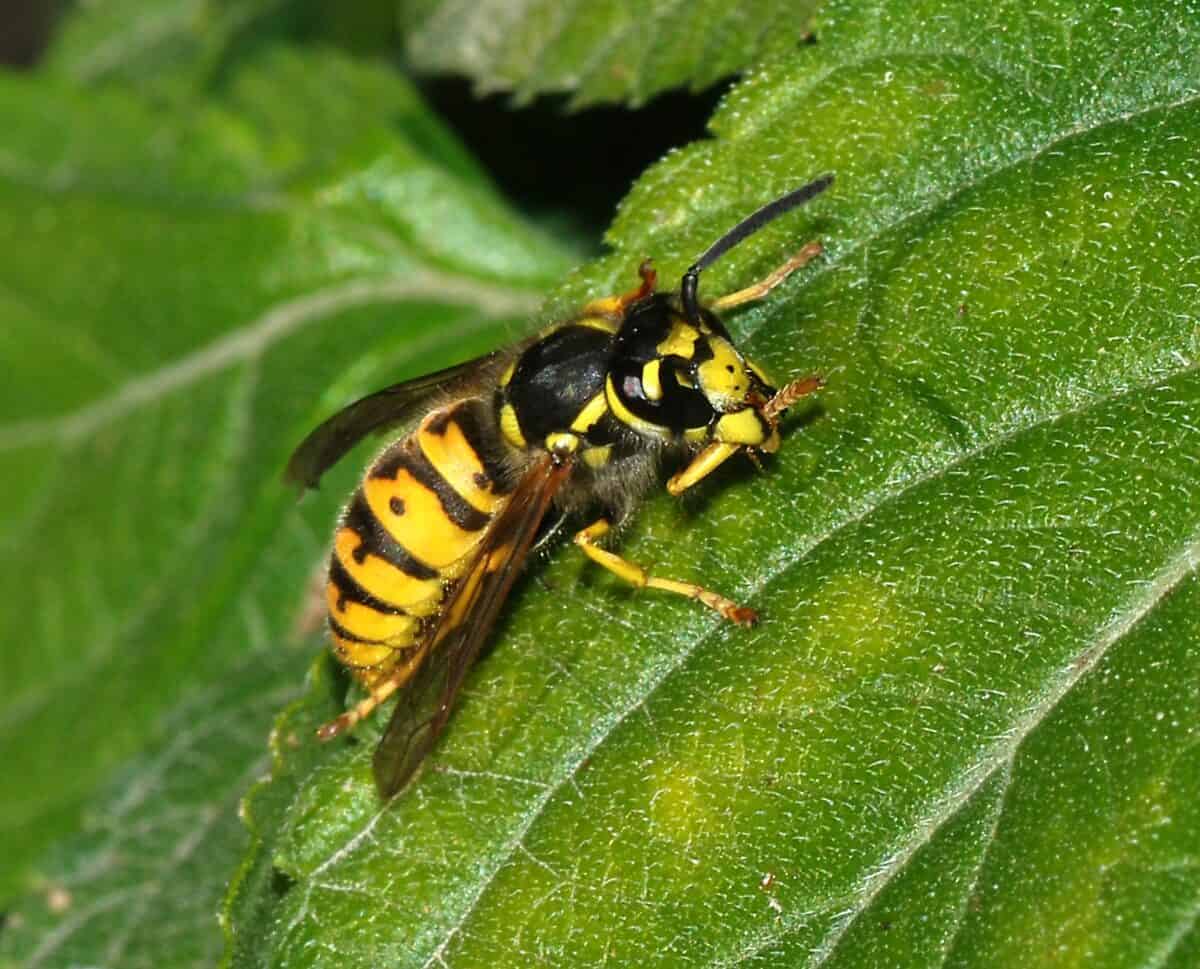
A study published in 2018 highlighted the impact of these insects. From 2008 to 2015, they caused 478 deaths. This averages out to about 60 deaths per year. The percentage of deaths from these stings increased dramatically in the 1980s.
Improved Treatments
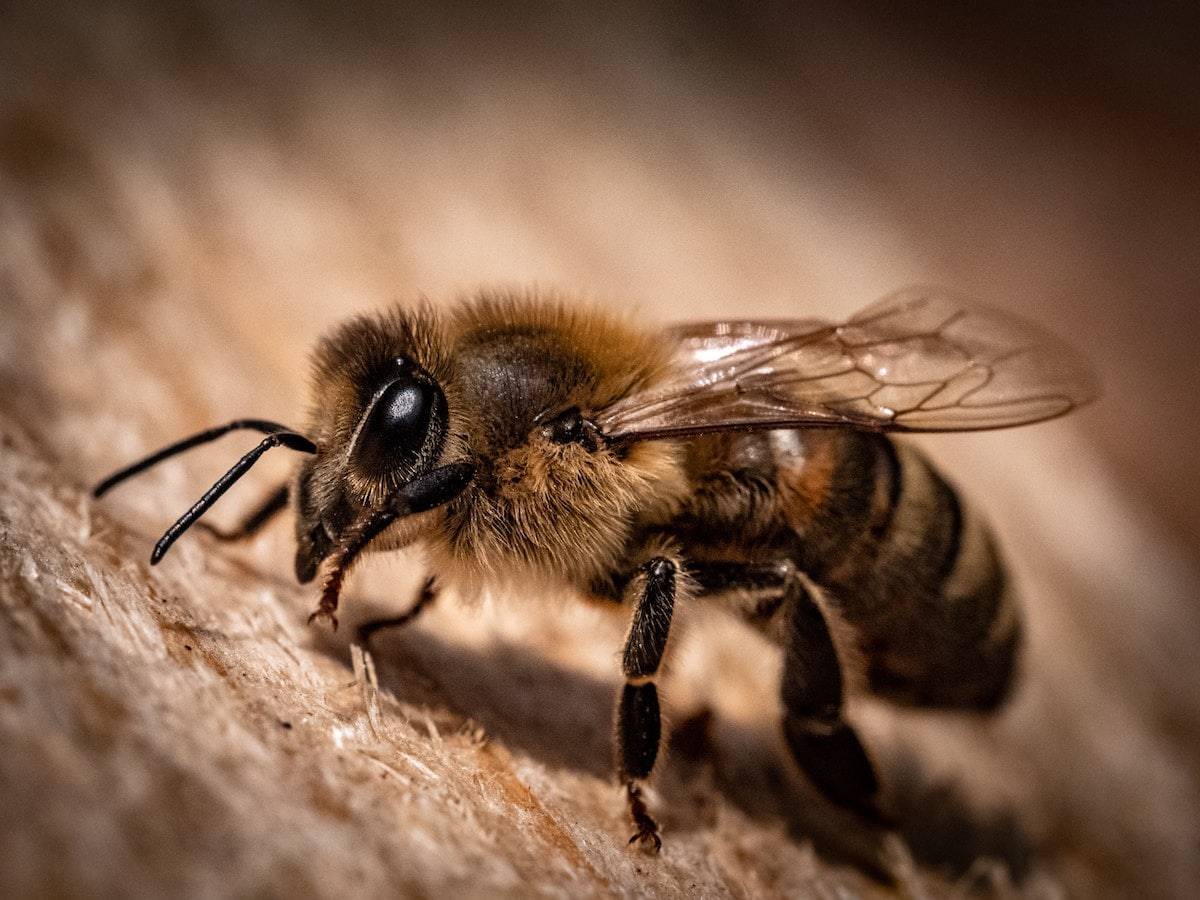
One reason for the high death rate from these stings is better treatment for other venomous bites. Advances in antivenom have made snake and spider bites less deadly. But treatments for bee, wasp, and hornet stings haven’t improved as much. This has shifted the fatality focus.
Frequency of Stings
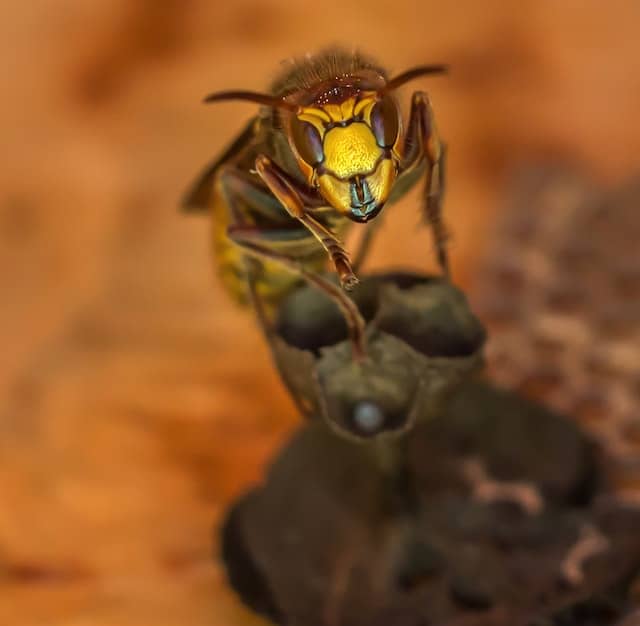
These insects are common in both urban and rural areas. Their widespread presence increases the chance of stings. Unlike snakes and spiders, which are often in specific regions, bees, wasps, and hornets are everywhere. This makes encounters more likely.
Geographic Spread

Hornets, wasps, and bees can be found across the entire country. This wide distribution means more people are at risk. Other venomous animals are limited to certain areas. This ubiquity adds to their danger.
Allergic Reactions

Fatal stings usually result from severe allergic reactions. Anaphylaxis can occur in people who are highly sensitive to the venom. Symptoms include swelling, difficulty breathing, and a rapid drop in blood pressure. Without immediate treatment, it can be deadly.
Multiple Stings
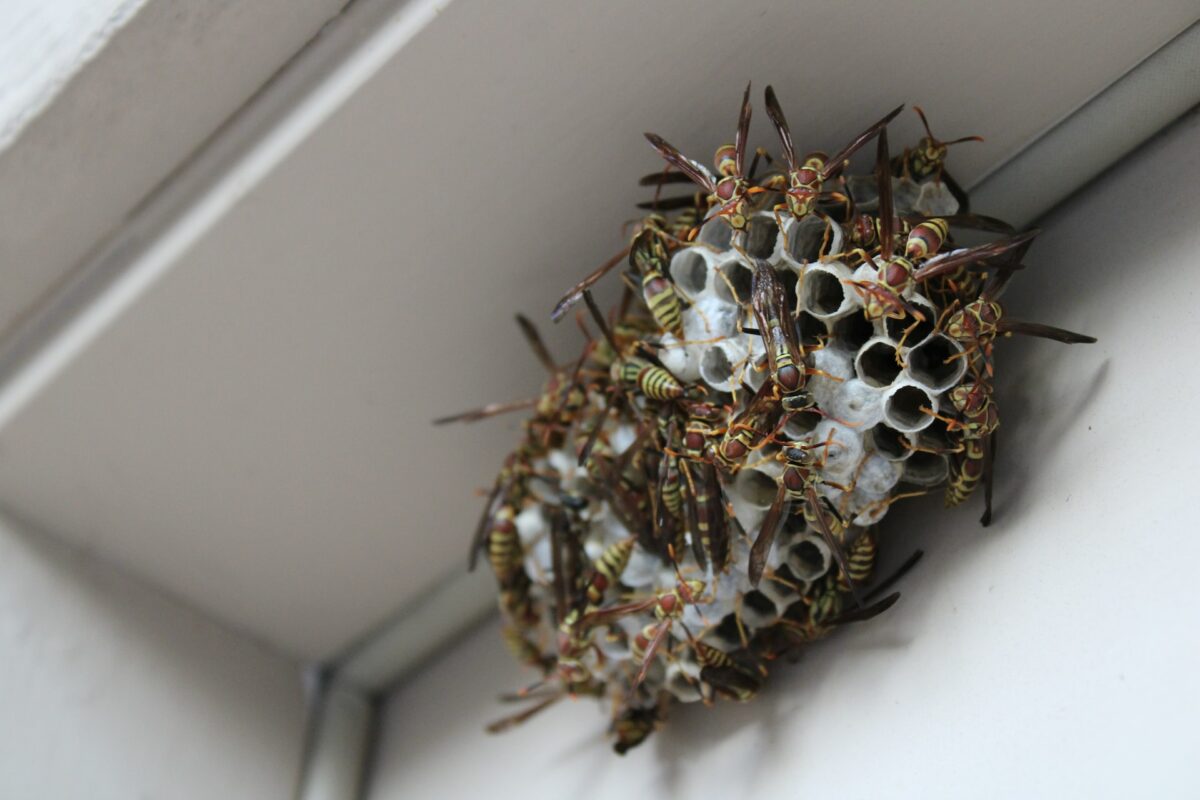
Encountering a swarm or disturbing a hive increases risk. Multiple stings inject more venom, which can be fatal. These situations can quickly become life-threatening. It’s crucial to seek help immediately.
Other Complications
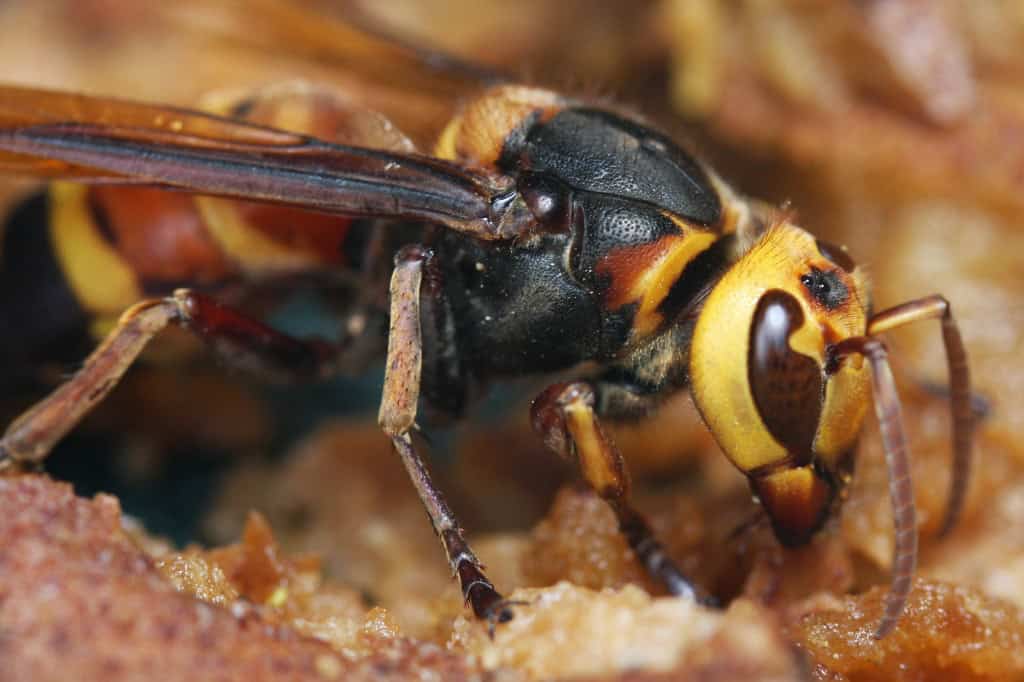
Delayed allergic reactions can also be dangerous. Secondary infections from sting sites can contribute to fatalities. These complications add to the overall risk. Quick medical attention is essential.
Comparison to Nonvenomous Animals

While hornets, wasps, and bees are the deadliest venomous animals, they aren’t the most deadly overall. Nonvenomous animals like horses and cows cause more fatalities. Farm animals and dog bites account for many deaths each year. It’s a reminder that danger comes in many forms.
Farm Animal Fatalities
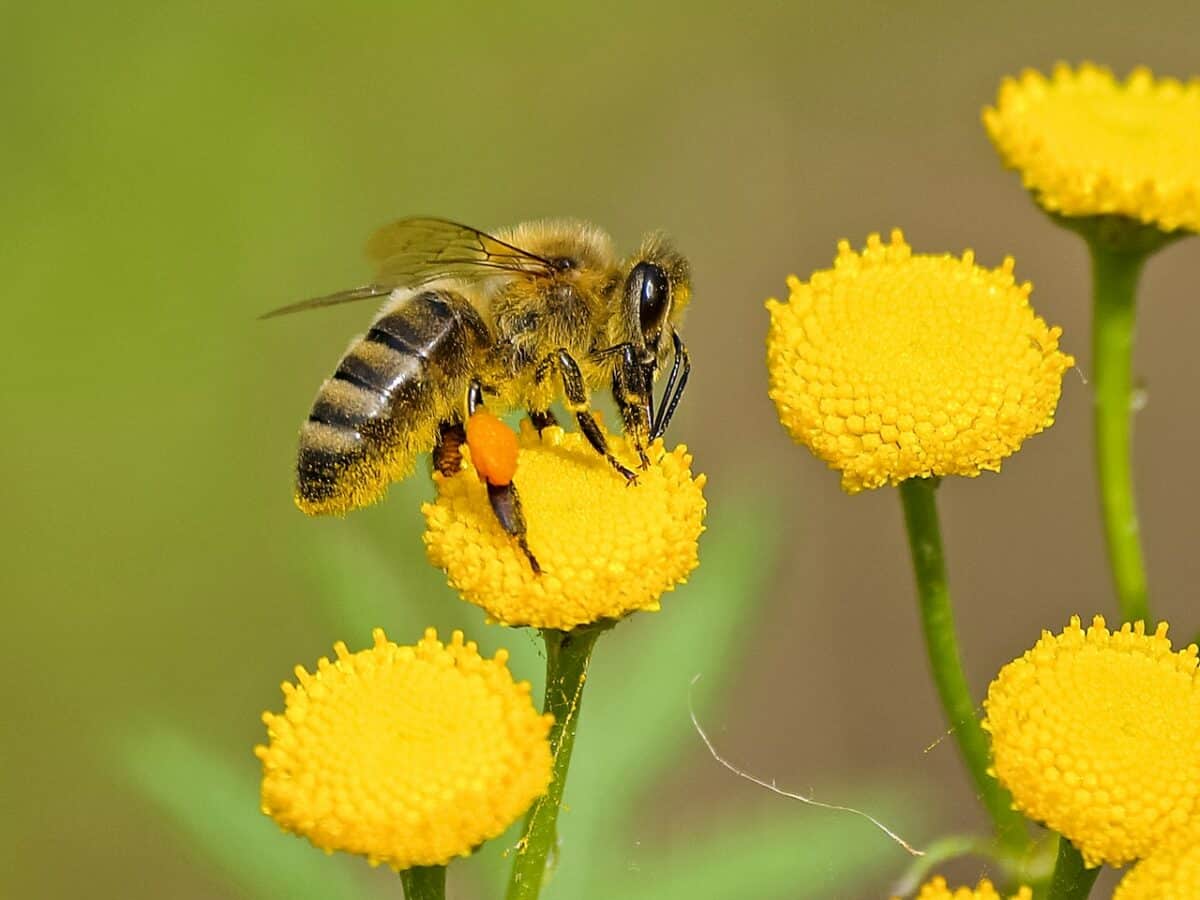
Most nonvenomous animal deaths occur on farms. Horses and cattle are responsible for the majority of these fatalities. Farm-related incidents highlight the risks of working with large animals. Safety precautions are crucial in these environments.
Dog-Related Deaths

Dog bites are also a significant public health concern. There are about 34 dog-related fatalities each year. Young children and the older generation are the most vulnerable. Proper training and supervision can help reduce these tragic incidents.
Increasing Human-Wildlife Interactions

As urban areas expand, interactions with wildlife increase. Bees, wasps, and hornets often build nests in close proximity to human activity. This leads to more frequent stings and potential fatalities. Understanding how to coexist safely with these insects is important.
Preventative Measures

Preventing stings can save lives. Wearing protective clothing and using insect repellent can help. Knowing how to react to stings and having access to emergency medical care is crucial. Education on these measures can reduce the risk of fatal encounters.
In conclusion, while hornets, wasps, and bees might seem like just a nuisance, they are America’s deadliest venomous animals. Their widespread presence and the severity of allergic reactions make them a significant threat. Understanding these dangers can help you stay safe.
Join our Forum for free today!

- America’s Deadliest Sting - July 1, 2024
- Heartwarming Story Of Dog Rescued After 36 Hours In The Water - July 1, 2024
- From Rest Stop to Rescue: The Kinkajou’s Incredible Journey Through Tacoma - June 30, 2024
